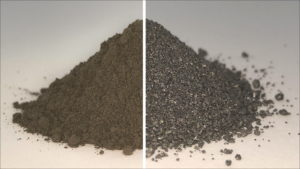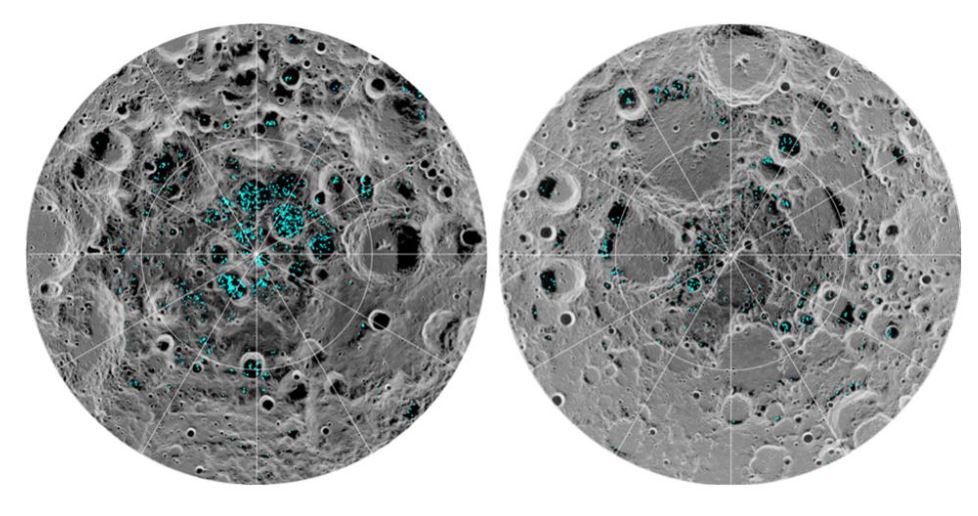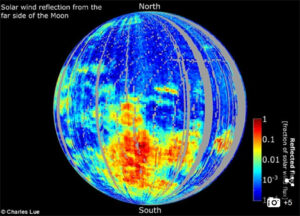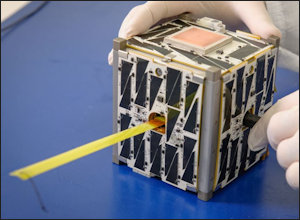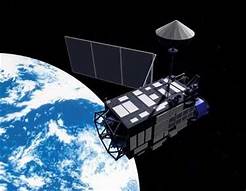
Confounding the long-held view that the Moon is depleted of carbon and other volatile elements, a Japanese satellite has detected a steady stream of carbon ions emanating from the lunar surface. Scientists believe the carbon has been there since the Moon’s formation roughly 4.5 billion years ago.
The finding comes from the Japanese Aerospace Exploration Agency’s Kaguya spacecraft, which spent a year-and-a-half in orbit around the Moon a decade ago. One of its instruments was a mass spectrometer, which mapped lunar ions including carbon. Recent analysis of the data, according to Science Alert, identified the carbon traces.
The concentration of carbon ions could not be explained by the deposition of carbon by solar wind, nor by the delivery of carbon on micrometeorites. Concentrations varied: Younger volcanic basalt plains on the lunar near side emitted more carbon ions than the older highlands, which suggests that the carbon is embedded in volcanic lunar glasses.
That’s a problem for the widely held theory that the Moon was formed by a large body colliding with Earth. The so-called Theia collision would have generated temperatures in the range of 4,000 to 6,000 Kelvin, which would have boiled away the volatiles and produced a volatile-depleted “dry Moon.” Instead, the Kaguya measurements suggest that the Moon could be a volatile-rich “wet” Moon.
The implications for lunar colonization are significant as well. Carbon is an essential element in biological processes. Abundant carbon would support the presence of plants and crops without the necessity of transporting it from Earth.

